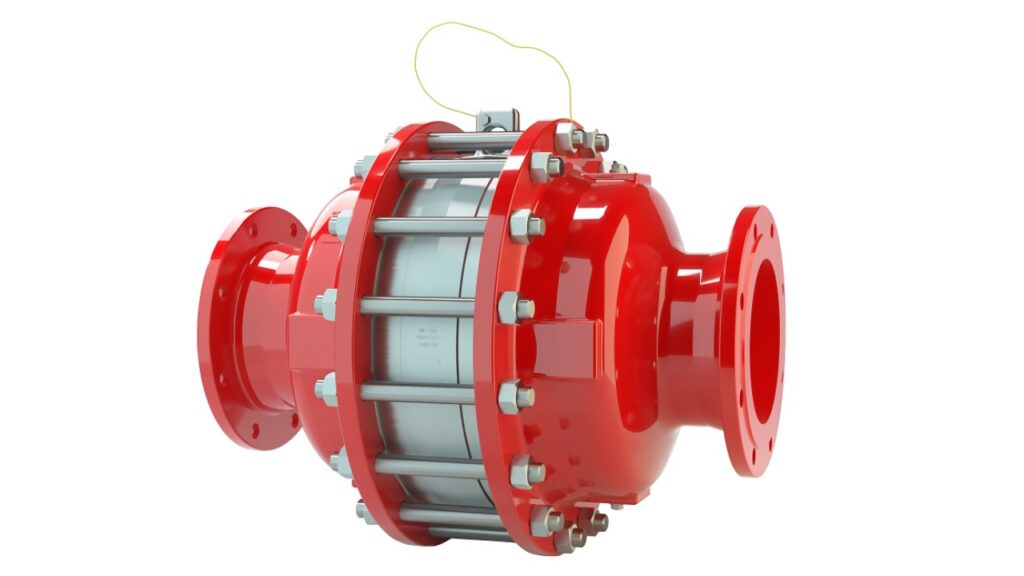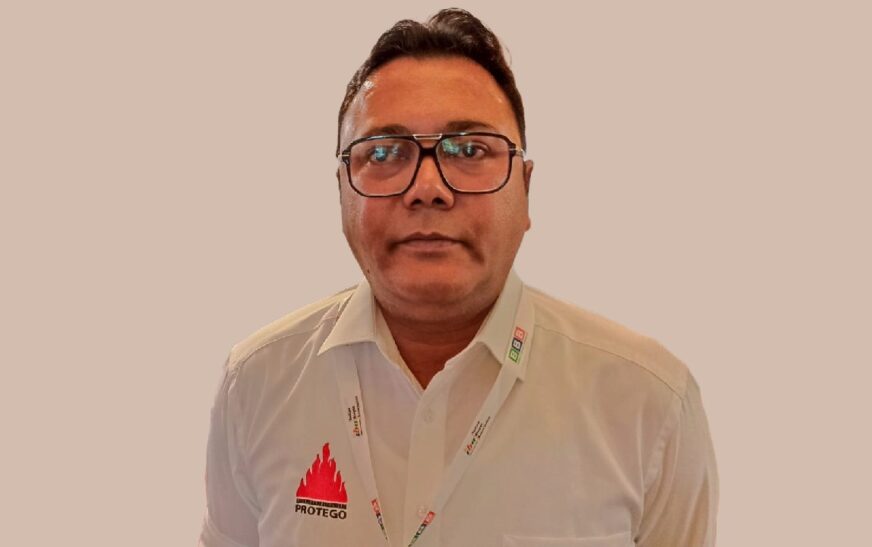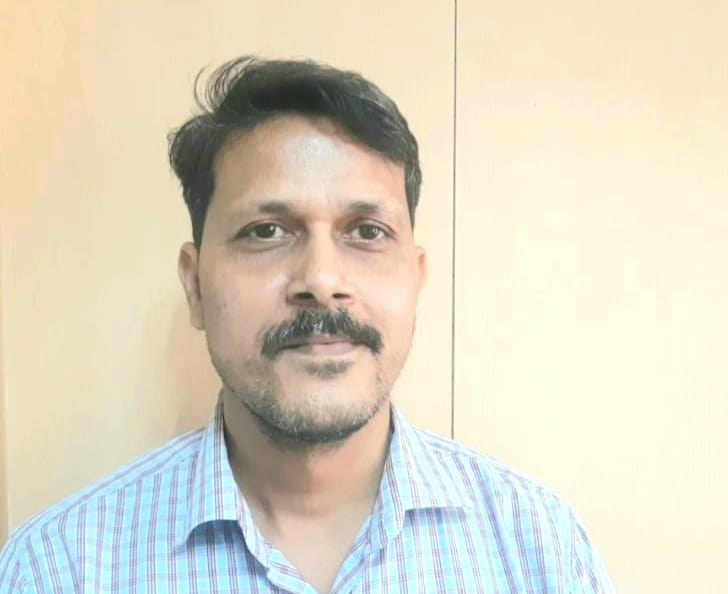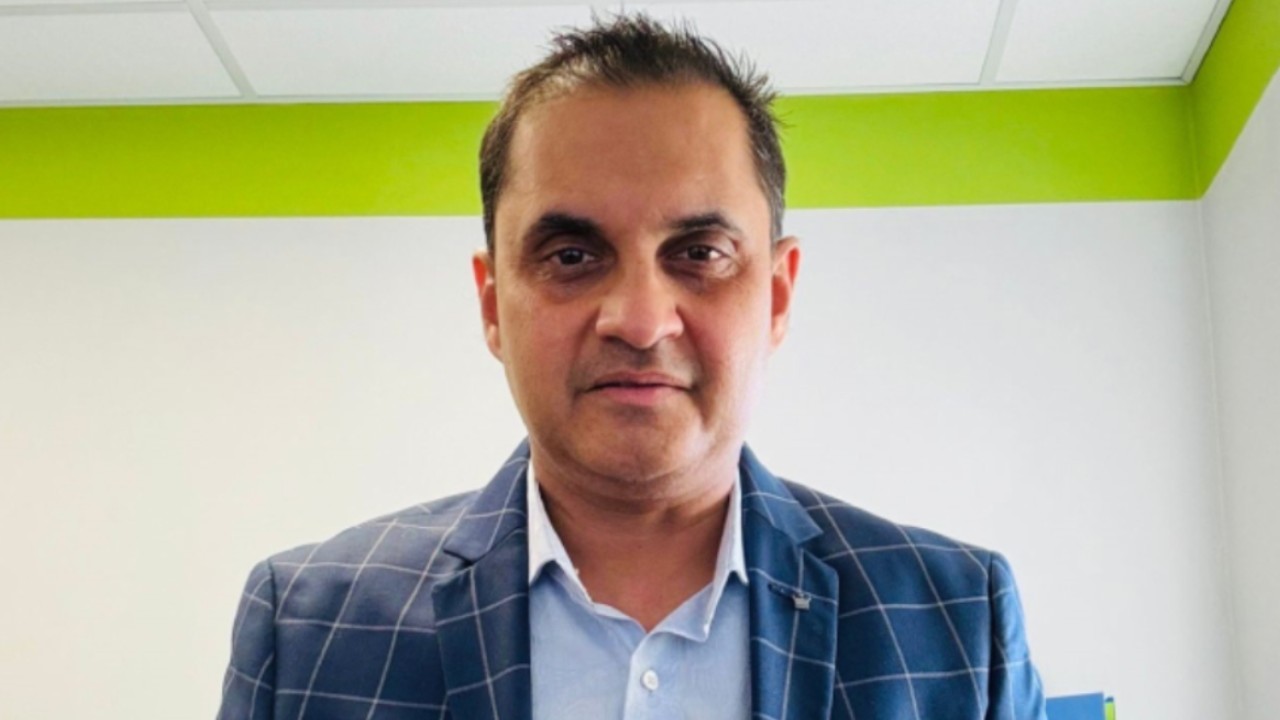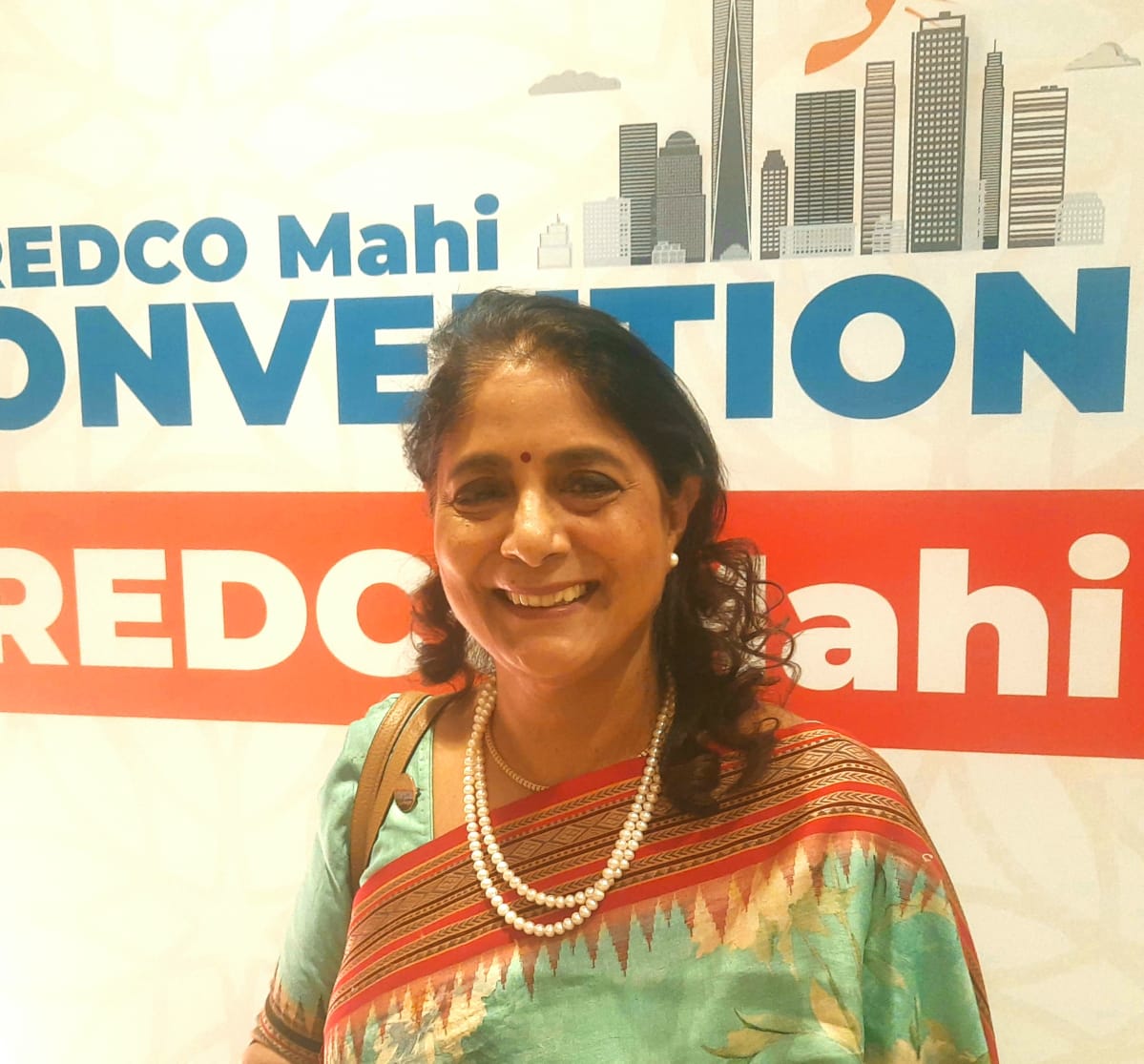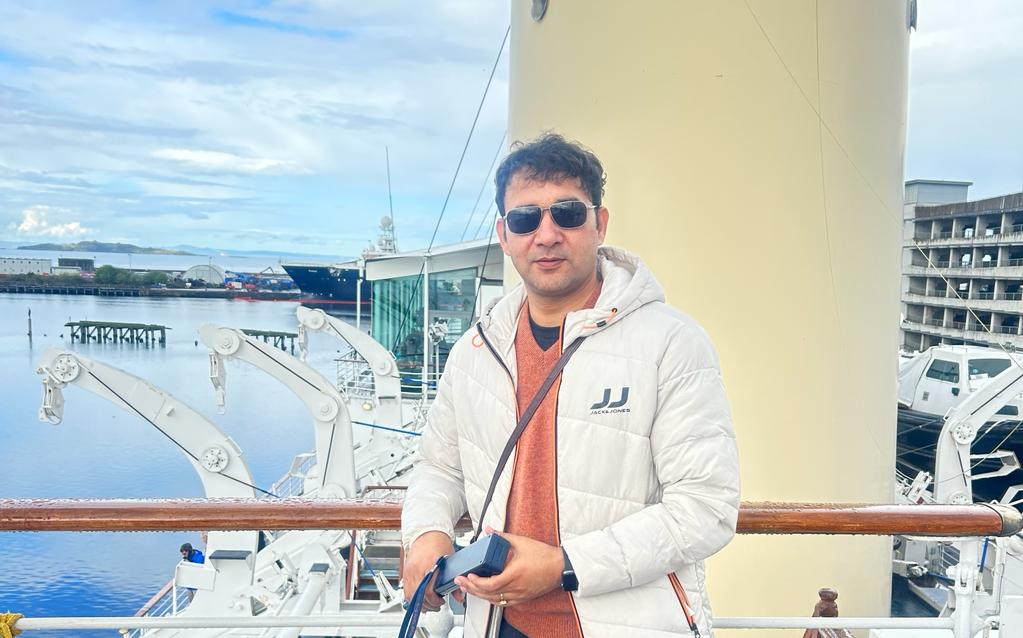PROTEGO India Pvt. Ltd. spearheads innovation in industrial safety, delivering advanced solutions for the safe handling of flammable gases and liquids. As a wholly owned subsidiary of Germany-based Braunschweiger Flammenfilter GmbH, the company has firmly established its footprint in India since 1990. Headquartered in Navi Mumbai, it seamlessly blends global engineering excellence with deep local insight to manufacture and supply world-class safety equipment tailored to India’s industrial needs.
The company offers a comprehensive portfolio that includes flame arresters, pressure vacuum relief valves, pilot-operated and emergency relief valves, roof drain systems, in-tank valves, and NFPA 780-compliant bypass conductors. These precision-engineered products serve as critical safeguards across high-risk sectors such as oil and gas, chemicals, pharmaceuticals, and bioenergy.
Backing its technical prowess, PROTEGO India operates a state-of-the-art manufacturing facility in Navi Mumbai. This hub is bolstered by four regional offices and a strategic network of 14 trusted channel partners across India and Bangladesh. More than 100 skilled professionals drive the company’s unwavering commitment to innovation, operational excellence, and uncompromising safety.
PROTEGO India doesn’t just promise quality—it delivers it with absolute certainty. The company adheres to stringent ISO 9001:2015 standards, subjecting each product to rigorous testing, including leakage detection and non-destructive material analysis. Every unit must meet or exceed global safety benchmarks before leaving the facility.
Through its relentless focus on engineering excellence and regulatory compliance, PROTEGO India has earned its reputation as a trusted leader in process safety solutions.
In an exclusive conversation with The Interview World at the International Summit & Expo on Bioenergy Value Chain—organized by the Indian Biogas Association—Manas Putatunda, Associate General Manager – Sales & Marketing, PROTEGO India, offers deep insights. He discusses the cutting-edge technology behind flame arresters, highlights key industry clientele, explores emerging market opportunities, and emphasizes the urgent need for advocacy to enforce safety compliance across sectors.
Here are the key takeaways from his compelling exchange.
Q: Can you elaborate on the innovative safety solutions your company offers—particularly flame arresters—and how they enhance industrial safety across sectors?
A: Flame arresters play a critical role in industrial safety by allowing the controlled flow of vapor while preventing the propagation of flames. These devices are typically installed along lines leading to flare systems or incinerators. Their primary function is to safeguard equipment such as storage tanks, blowers, and other vulnerable components from potential ignition hazards.
In the biogas sector, PROTEGO offers an integrated solution that combines a flame arrester with a pressure vacuum relief valve. This assembly is typically installed at the top of a digester tank to facilitate safe atmospheric venting. Additionally, flame arresters are positioned along flare lines to ensure that any ignition does not travel back into the system, thereby protecting the entire operation.
PROTEGO, headquartered in Germany, has established a strong presence in India through its wholly owned subsidiary, PROTEGO India Pvt. Ltd., a 100% arm of Braunschweiger Flammenfilter GmbH. Our advanced manufacturing facility, located in Rabale, Navi Mumbai, enables us to serve the full spectrum of the Indian oil and gas industry with precision-engineered safety equipment.
Now, with a keen focus on sustainability, we are strategically expanding into the growing biogas market. Our goal is to bring our global expertise and high-performance safety solutions to this critical and emerging sector.
Q: Could you explain the technology behind flame arresters and how they effectively control and extinguish flames to ensure operational safety?
A: A flame arrester is a highly sophisticated safety device, and its full technical scope is extensive. However, to explain it briefly—the core component of a flame arrester is the flame filter. This filter contains a series of narrow gaps, referred to as the gap width, which play a crucial role in arresting flames.
Fundamentally, a flame requires three elements to ignite and sustain combustion: oxygen, heat, and a hydrocarbon fuel. The flame arrester disrupts this triangle by removing heat from the vapor as it attempts to pass through the filter. When hot combustion gases enter the arrester, the heat dissipates across the metal surfaces of the gap, cooling the gases below their ignition temperature. As a result, the flame is extinguished before it can propagate further.
In essence, the flame arrester works by quenching the flame through heat absorption, effectively preventing fire or explosion from spreading beyond its point of origin.
Q: Who are the primary end-users or industries that rely on flame arresters?
A: We primarily operate across India’s entire oil and gas sector, serving major players such as IOCL, BPCL, HPCL, NRL, and Oil India. Our services comprehensively support this industry’s needs. At the same time, we are expanding into the Compressed Biogas (CBG) space. In this emerging sector, we have already established collaborations with key innovators like GPS Renewables and Gruner Renewable. This strategic move reflects our commitment to both traditional energy and the future of sustainable fuels.
Q: Given that safety is a critical parameter in the biogas industry, how do you perceive the market potential for safety products like flame arresters in this sector?
A: Safety is not optional—it is absolutely essential. The products we manufacture play a critical role in ensuring plant safety. However, based on our practical experience, we’ve observed a significant gap in safety awareness across India, particularly in both the CBG sector and the broader oil and gas industry.
This knowledge deficit presents a challenge, but also an opportunity. While the market for safety solutions certainly exists, it requires consistent education and awareness. That’s why we are actively working to bridge this gap by running dedicated learning programs. Our goal is clear: to equip industry stakeholders with the knowledge they need to protect their plants and people.
Q: What kind of advocacy or regulatory programs has the government initiated to promote compliance with safety standards in the biogas industry?
A: Today, the conversation around energy is rapidly evolving, with a strong emphasis on zero emissions and carbon neutrality. In response, the government has significantly ramped up its initiatives to promote sustainable and safe practices across the oil and gas sector.
Importantly, the Oil Industry Safety Directorate (OISD)—the key regulatory body—has introduced stricter compliance measures. For instance, it now mandates the installation of bypass conductors on all external floating roof tanks. This critical safety feature helps prevent fire hazards by ensuring proper grounding and static electricity discharge.
Clearly, these regulations reflect the government’s firm commitment to enhancing both environmental responsibility and industrial safety.
